
Lot 2
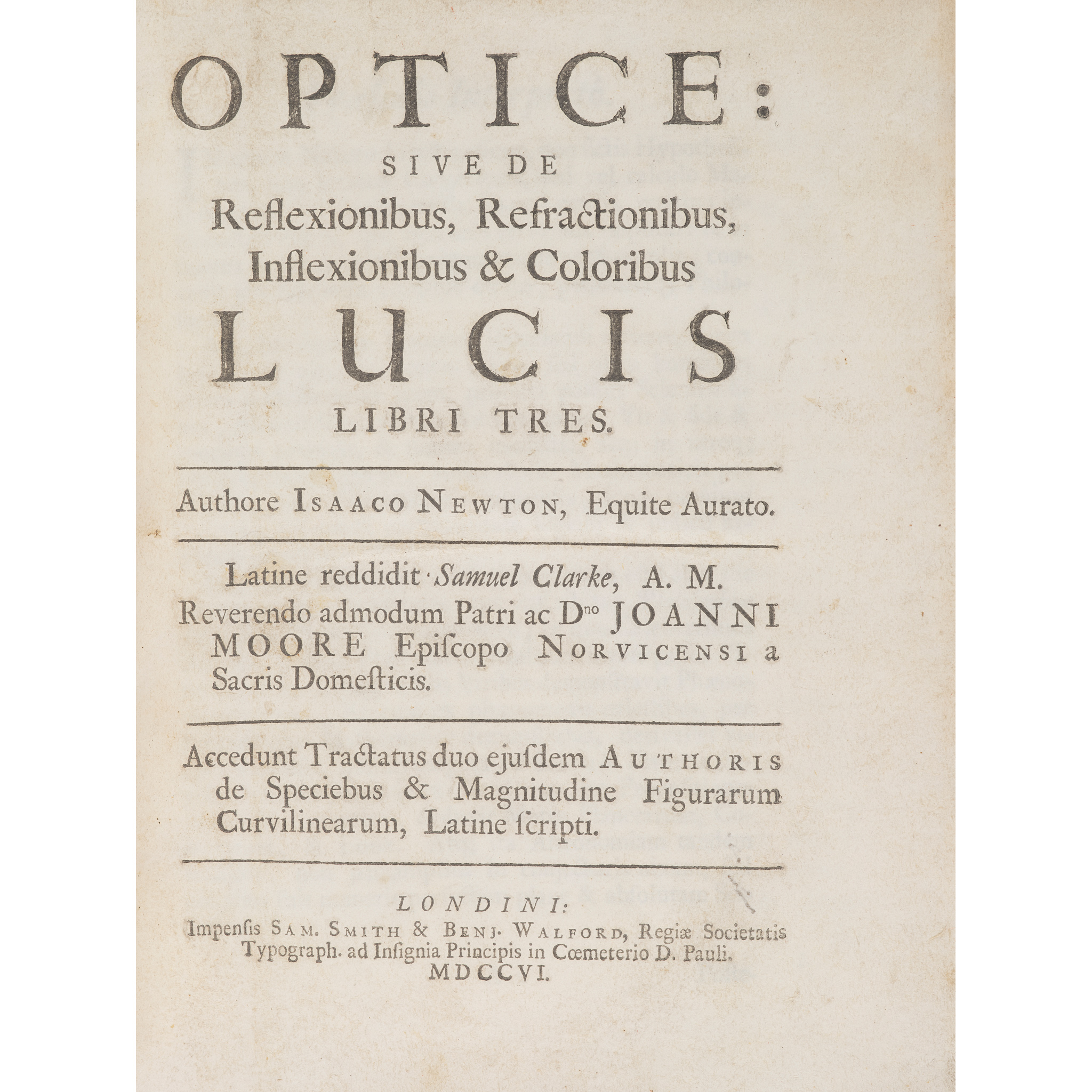
Newton, Sir Isaac
Optice
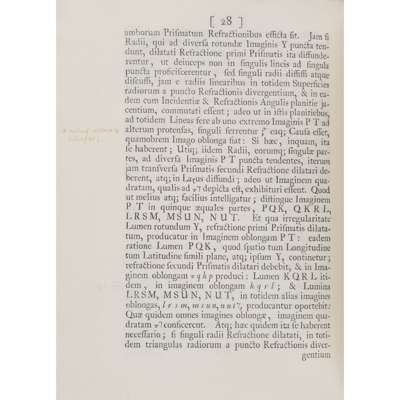
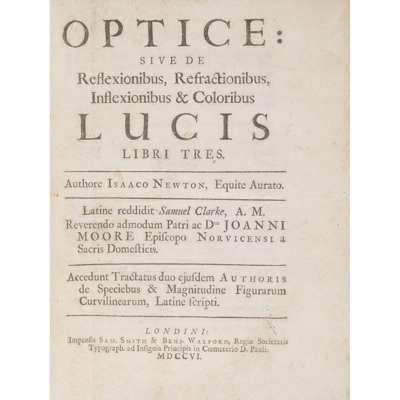
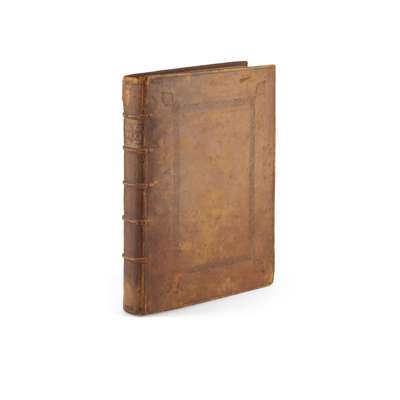
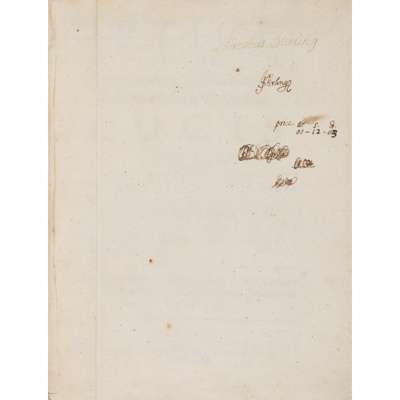


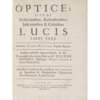
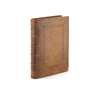
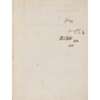
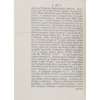
The Library of James Stirling, Mathematician
Auction: 23 October 2025 from 13:00 GMT
Description
sive de reflexionibus, refractionibus, inflexionibus et coloribus lucis libri tres. Latine reddidit Samuel Clarke. Accedunt tractatus duo eiusdem authoris de speciebus et magnitudine figurarum curvilinearum, Latine scripti. London: Sam. Smith & Benj. Walford, 1706. 4to (24.5 x 19cm), contemporary panelled calf, red morocco label, edges sprinkled red, [14] 348 [2] 24 [2] 24 21-43 pp., 19 engraved folding plates, 2S1 a cancel as usual (stub of cancellandum not visible), short split to head of each joint, closed tear to K3, old repair to slit in lower margin of 3C1 (as noted in other copies) [Babson 137; Wallis 179]
Footnote
First edition in Latin, with James Stirling's ownership inscriptions in Latin and English ('Jacobus Stirling' and ‘Ja. Stirling’) and note of price paid (12s5d) to the front free endpaper, and errata supplied in manuscript in a contemporary hand, perhaps Stirling's, to some 45 pages in total; the pagination of ‘Tractatus de Quadratura Curvarum’ has also been corrected.
Opticks was first published in English in 1704, the Latin edition being expanded by the addition of seven further queries in the third book. James Stirling was a follower of Newton from his time at Oxford, where he arrived in 1710. In 1715 John Keill noted in a letter to Newton that the problem of orthogonal trajectories proposed by Leibniz had recently been solved by ‘Mr. Stirling an under-graduate here’ (Tweedie, James Stirling: A Sketch of his Life and Works along with his Scientific Correspondence, 1922, p. 7). Stirling's first book, Lineae tertii ordinis Neutonianae, a commentary on Newton's classification of cubic curves, was printed at the Sheldonian Theatre in April 1717, with Newton listed as a subscriber. By that time Stirling's status as a non-juring student and his alleged involvement in Jacobite agitation had already led to trouble with the university authorities, however, and his scholarships appear to have been withdrawn shortly before the book was published. Leaving Oxford without a degree, he took up an invitation to Venice from Nicolas Tron, Venetian ambassador to London. In 1719, while still in Italy and apparently in dire straits, he received much-needed financial assistance from Newton, and once back in London called on him regularly during his final years, writing in a surviving letter from 1725: ‘Sr Isaac Newton lives a little way of in the country. I go frequently to see him, and find him extremely kind and serviceable in every thing I desire, but he is much failed and not able to do as he has done’ (Tweedie, p. 13). Stirling's principal work, the Methodus differentialis, a response to Newton's paper of the same name, appeared in 1730.









